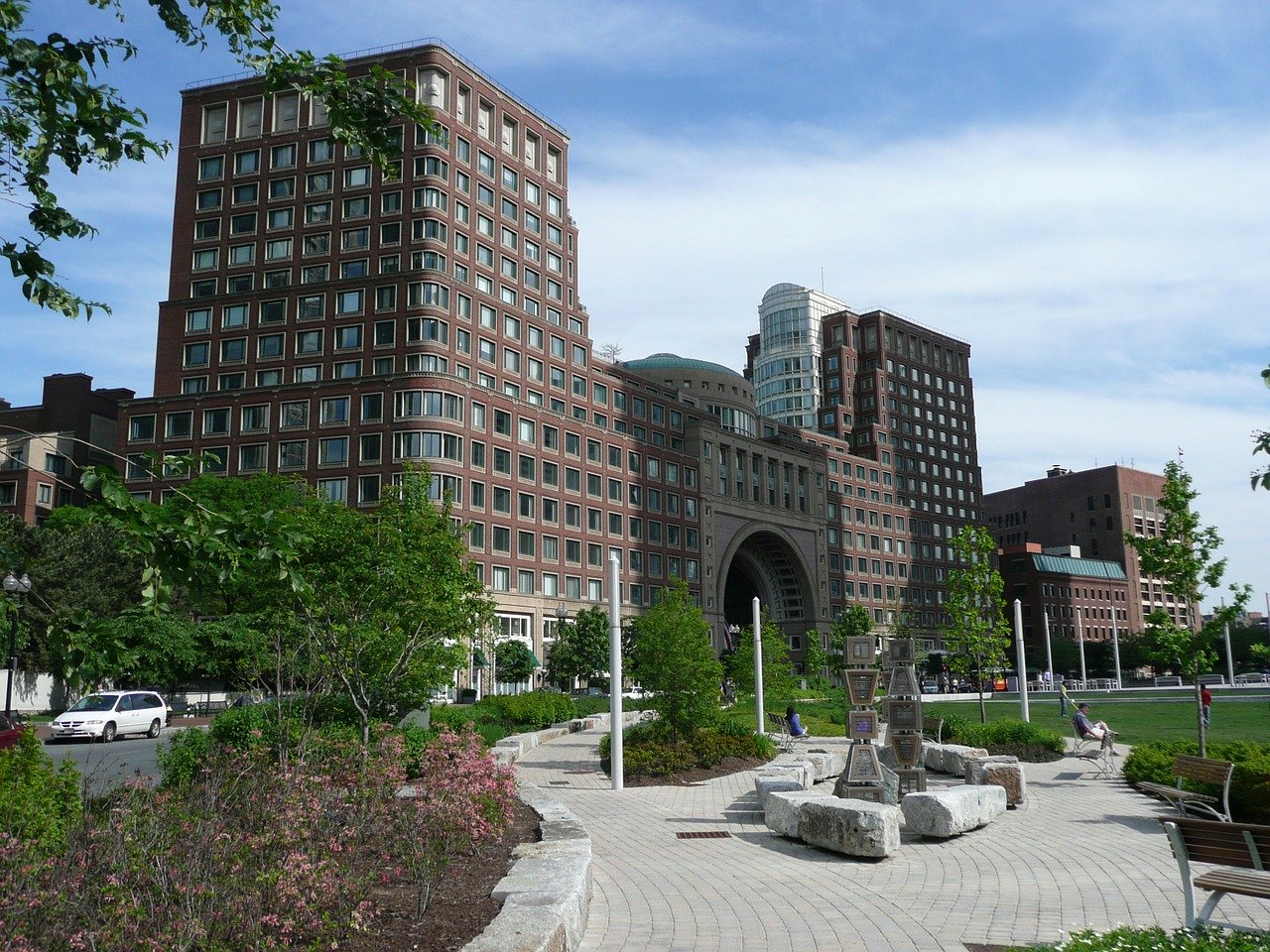
The US economy experienced faster-than-expected growth in the third quarter of the year, bolstered by a robust job market and consumer spending. The initial government estimate reveals
that the economy expanded at an annual rate of 4.9% from July to September, marking the most significant rise since the last quarter of 2021. The strong job market empowered consumers to demand higher wages, enabling them to continue spending on various activities like concerts, movies, and vacations over the summer.
Consumer spending, which constitutes more than two-thirds of the US economic activity, was the primary driving force behind this surge. The latest figure significantly surpassed the 2.1% growth recorded in the three months to July. The US Bureau of Economic Analysis attributed this growth to accelerated consumer spending, private inventory investment, and federal government spending, among other factors.
This robust growth raises questions about previous concerns of a potential recession in the world's largest economy. The data arrives ahead of a crucial meeting for the US Federal Reserve, where the decision to raise interest rates will be under consideration. Some economists have expressed concerns that the central bank's moves to raise interest rates might lead to an economic downturn, attempting to curtail inflation by making borrowing more expensive.
While the US economy has defied the worst predictions thus far, Nationwide's chief economist, Kathy Bostjancic, believes that the last portion of pandemic-related savings is being spent and anticipates slower growth in the last quarter of 2023. She suggested that the Federal Reserve may find it necessary to implement another rate increase as it grapples with persistent inflation.
Additionally, strikes by the United Auto Workers and the resumption of student loan repayments by millions of Americans might impede growth in the final quarter of the year. The European Central Bank (ECB) has chosen to maintain unchanged interest rates as higher borrowing costs continue to influence the economy. The ECB began increasing rates in July 2022 in response to surging prices. Despite the persistent rise in prices, the ECB maintains that rates are now at levels where, if sustained for an adequate period, they would significantly contribute to achieving its 2% target. Despite some global economic uncertainties, the focus has shifted towards potential rate cuts, given the current stagnation in the Eurozone economy. Photo by Thelectriczombie, Wikimedia commons.











































